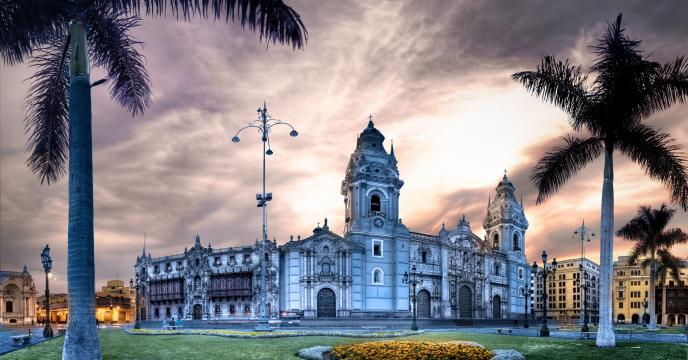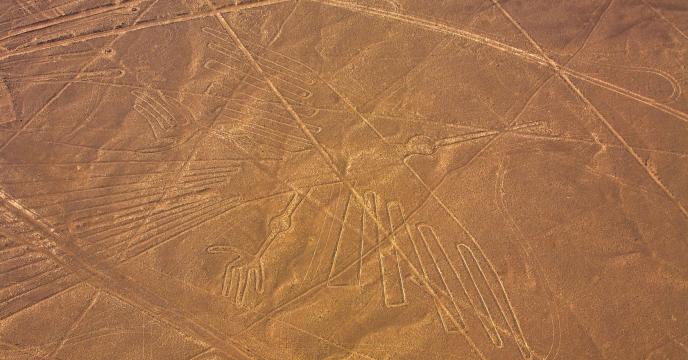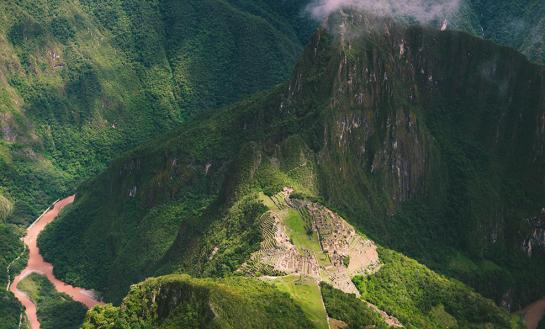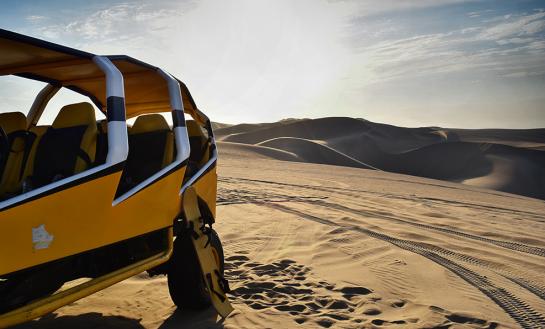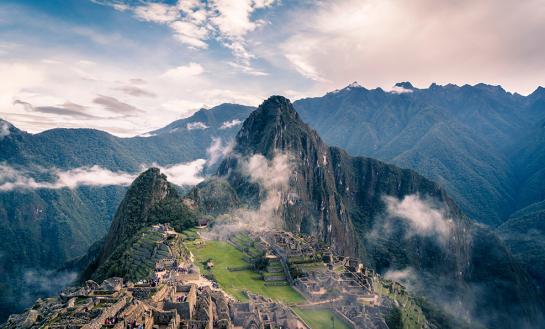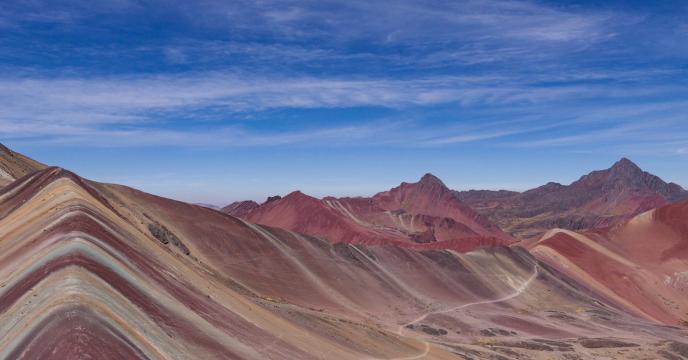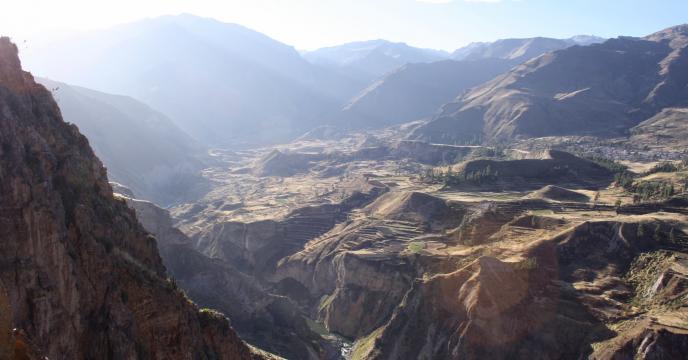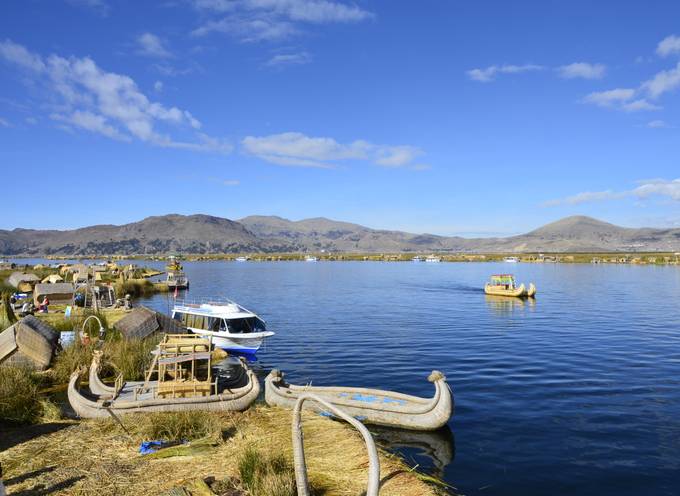
Peru Travel Guide
With the stunning Andes peaks for the hikers, coastal bliss for the surfers and beach bums, exotic jungle for the Amazonian explorers and colonial cities for those in search of the best pisco sour, Peru serves up a limitless feast of adventure. While Machu Picchu may have initially piqued your interest, there are many more highlights that will surprise and enthral you.
The Highlights


The Basics
The Location
Peru is a country in South America on the west coast of the continent, bordering Ecuador, Colombia, Brazil, Bolivia and Chile. From New York, a non-stop flight is 7h 30m, and from London it is roughly 15 hours, with a stopover.
Capital City
Lima is situated on Peru's Pacific coast and is one of South America's largest cities with a bustling metropolis and a protected colonial centre.
Main Airport
Lima's Jorge Chávez International Airport is the main hub for domestic and international travellers. It is located in Callao, 11km from the city of Lima and 17km from the popular Miraflores district.
- Code
- LIM
- Closest city
- Lima
Language Spoken
The official language of Peru is Spanish. A basic understanding of the language will go a long way in rural areas where English is not commonly spoken.
Currency
Peru uses the Peruvian Sol (S). The currency code is PEN. It is advisable to take some soles with you before you go, but it is safe to withdraw money at banks or ATMs while you're there.
Visas
For Australian, Canadian, UK and US citizens, no prior visa is required and will be issued for free upon arrival. Stays of up to 183 days in Peru are allowed in most cases. Visa information can change often and varies from country to country.
Electricity
Electrical current is 220V/60hz using two round prongs, but sometimes dual purpose to take US two flat prongs. The standard voltage in the US is 110 volts.
Vaccinations
Typhoid, Hepatitis A and B and antimalarial tablets are advised. Depending on where in Peru you're visiting, you may also need Yellow Fever. Consult your doctor 6 to 8 weeks before you depart.
Emergency Calls
The phone numbers to call in case of emergency are 105 for the police, 117 for an ambulance and 116 for a fire.
When to Visit

Peru Tours

Sustainable Tourism in Peru
Travelling responsibly means respecting the communities, culture and environment of the places you visit. Keep these tips in mind when travelling to Peru:
Go green. Be environmentally conscious on the road by taking short showers; turning off the lights in your hotel room when you leave; and resisting the urge to collect any plants, seashells, or other natural flora.
Respect cultural differences. Before travelling, read about the local culture and customs – even just knowing the dress code and a few basic phrases in the local language will go a long way.
Support local businesses. Enjoy a more authentic experience and directly support the local economy by travelling with a local guide, eating in local restaurants, buying from local artisans, and staying in locally-owned and operated accommodations.
Wherever possible, avoid single-use plastics. Pack reusable items such as your own shopping bags, utensils, a water bottle, and a straw. These items are typically lightweight and compact, and will greatly reduce your consumption of plastics.
Be conscious of overtourism. Opt to visit the lesser-known regions of Peru or travel outside the peak season – you'll likely even get a better deal and won't have all the crowds!Sustainable Tourism in Peru
Sustainability is a deep-rooted value in Peru. The country has an abundance of natural resources, bountiful biodiversity, and a high level of government involvement in sustainable development and conservation.
Controlled Capacity in Machu Picchu
As one of the most iconic archaeological sites in the world, these "lost" ruins of the Inca Empire attract people from all over the world to Peru every year. When the number of visitors in Machu Picchu began to cause harm to the site and its surrounding area, the Peruvian government took action to limit the number of daily visitors in an effort to protect the impact of over-visitation on Machu Picchu and the Inca Trail. The Inca Trail is also closed every February for maintenance and for the safety of visitors, as there are typically heavy rains at this time of year.
A Journey in Sustainable Tourism
Did you know that 17% of Peru is protected land? The country takes conservation seriously, and PromPeru, the nation's tourism board, published a guide, A Journey in Sustainable Tourism, that is filled with information on the many opportunities for ecotourism in Peru, and authentic cultural experiences that visitors can partake in. The guide goes beyond Machu Picchu and provides information on the country's diverse regions.
FAQs about Peru
Do you tip in Peru?
There isn't much of a tipping culture in Peru, but it is recommended to leave a tip of 10% in a restaurant, although service charges can already be included on the bill. In smaller, family-run restaurants, tipping is not customary, but a few soles are perfectly reasonable.
What is the internet access like in Peru?
Internet connection can range in quality, but you should have no problem with day-to-day tasks like emailing or surfing the web. Wi-Fi is available in many cafes, hostels and hotels for free, but outside urban areas, this is not as common.
Is the tap water safe to drink in Peru?
No. Buy bottled water, boil the tap water or use water purification pills.
Can I use my credit cards?
Yes, credit cards are widely accepted throughout Peru though fraud is common. To avoid theft, protect your pin while using ATMs and always check for anything unusual that may be attached to card readers. Please check with your bank about any foreign transaction charges.
What are the public holidays?
Along with common public holidays such as New Year's Day, Christmas and Good Friday, Peru has Three Kings Day on January 6, Labor Day on May 1, Fiestas Patrias on July 28, Battle of Angamos on October 8, All Saints' Day on November 1 and Feast of the Immaculate Conception on December 8.
What are the toilets like in Peru?
Clogged toilets can certainly occur in Peru, so there may be a bin provided to dispose of toilet paper. There are not many public restrooms outside and you should always carry around spare toilet paper.

